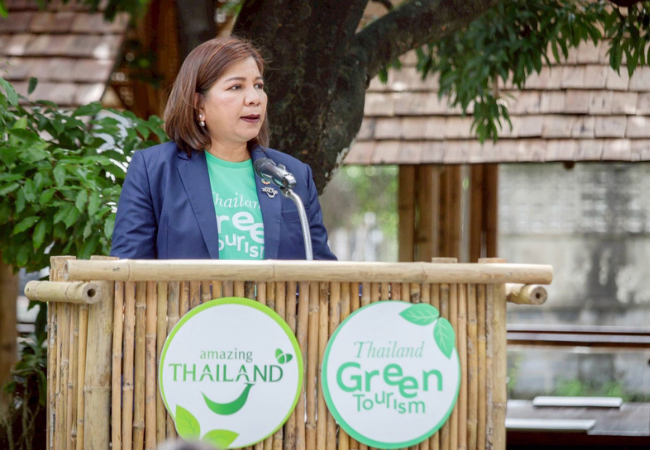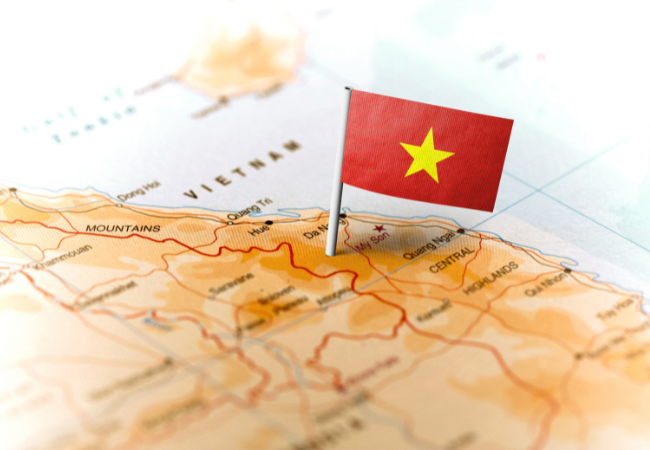Bringing Tourism Back to Vietnam Amid A Slew of Opportunities and Obstacles
From May 12 to 23, Hanoi will host the greatest sporting event in the ASEAN area, attracting almost 10,000 athletes, coaches, and officials from various countries, as well as tens of thousands of foreign tourists.Serving such a high number of international guests has provided an opportunity to promote Vietnam's safe tourism image throughout the world and contribute to the tourism industry's recovery.
According to statistics from Google Destination Insights' tourism trend research, the number of searches on Vietnamese tourism increased dramatically in April compared to a month earlier. With a growth rate of over 75%, Vietnam is currently one of the four countries with the most searches.
Visitors from the United States, Australia, Singapore, France, Japan, Germany, Canada, India, the United Kingdom, and Thailand exhibit the most interest in Vietnam, according to this index. The number of international airline searches for Vietnam increased by 600 percent in early April to 800 percent by the end of the month.
The regulation of the temporary stay time is the second challenge. For foreigners entering on tourist visas, the temporary stay length is currently up to 30 days.
"Even if foreigners receive a three-month visa, they can only stay in Vietnam for a total of 30 days." According to Dau Anh Tuan, head of the Legal Department of the Chamber of Commerce and Industry in Hanoi, "such a strategy has weakened the competitiveness of Vietnam's tourism in comparison to ASEAN countries."
International travelers from Northeast Asian countries such as China, South Korea, and Japan are currently in the midst of their peak tourist season. However, because China still has a strong pandemic policy, and Japan still wants persons returning from outside to be isolated, it is likely that luring tourists from markets that account for approximately 70% of foreign travelers to Vietnam will be constrained. Despite being open since April 1, many travel laws in South Korea are still inconsistent.
To exploit new markets such as North America, India, and the Middle East, the tourism industry must expand.






